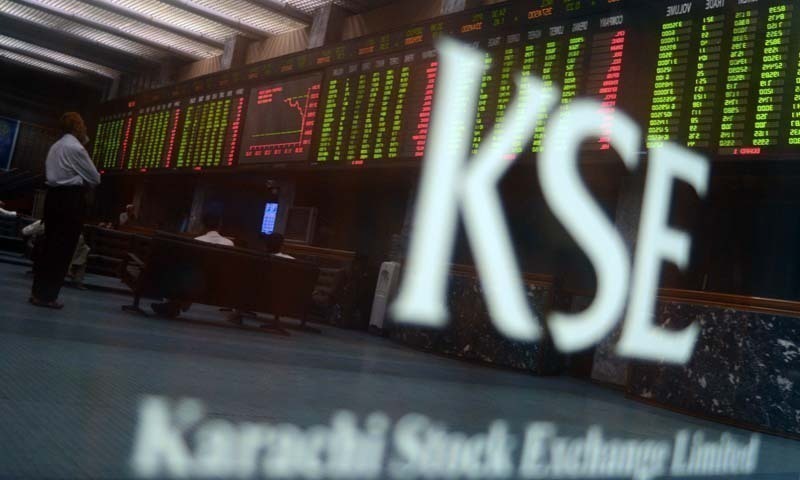
The very next day, equity investors woke up to face the horror of biggest currency depreciation in a single day when the dollar touched Rs143.5 in the early hours of trading and created panic among traders and investors alike. This sudden move surprised everyone, especially after an assurance by Finance Minister Asad Umar that there was no imminent crisis and the current account deficit was shrinking.
Main questions that bothered stock market investors in the last 100 days were mainly about the government strategy to deal with the external account deficit, currency depreciation and interest rate. The muted or somewhat delayed response to all the three key issues by the PTI government kept investors guessing while they were sitting on sidelines. Investors do not like uncertainty, especially foreign investors who have many avenues around the world and will bet on riskier markets like Pakistan only if they see limited downside risks ahead. Foreigners have sold $248 million worth of portfolios in the first 100 days of the PTI government.
Local institutions, on the other hand, tried selectively to hold down the fort by absorbing the selling pressure during recent episodes of rout in the market. The general wait-and-see policy of the investors and traders alike was the main reason behind low volumes and the lacklustre performance of the market despite attractive valuations (price-to-earnings multiple of 9x) and dividend yield (6%).
However, the picture is getting clear now that the government has no choice but to further tighten its belt as confirmed by the recent hike in the policy rate of 150 basis points to 10%. However, this is in sharp contrast to the pro-development and poverty reduction agenda of the government and the aim of pursuing ambitious projects such as Naya Pakistan housing project.
But it seems that the central bank is running out of options to arrest the spiralling inflation and current account deficit. On the other hand, going to the International Monetary Fund (IMF) is also not a favourable choice for a developing economy like Pakistan which may further impede economic growth.
Considering the main theme of rising inflation and borrowing cost, the highly leveraged companies in cement, steel and oil marketing sectors may face difficulties going forward as their margins will erode. Also, consumer spending will eventually be curtailed due to expensive financing options, which will affect consumer performance such as car sale numbers and will be worrisome for new automobile entrants into the market.
All the above sectors will also be negatively impacted by the currency depreciation due to costly imports. Banks, on the other hand, could be a beneficiary of the rise in interest rate and their net interest margins can improve significantly. However, major banks with foreign currency exposure can be negatively impacted due to currency fluctuations.
Also, the companies whose earnings are linked with the dollar such as oil exploration companies and independent power producers (IPPs) will provide a safe refuge for the investors in the future. Drug prices are now linked with the Consumer Price Index (CPI) which will provide a positive impetus to the pharmaceutical sector.
The relative attractiveness of equity investment may eventually fade away with a further rise in interest rate and investment may flow out of the equity market to the relatively safer avenues such as National Savings Schemes.
A more selective and cautiously balanced portfolio will not only provide an opportunity to hedge against uncertainties but will also limit the downside for investors looking for long-term returns in the stock market.
The writer is a financial market enthusiast and attached to Pakistan stock, commodity and debt markets
Published in The Express Tribune, December 17th, 2018.
Like Business on Facebook, follow @TribuneBiz on Twitter to stay informed and join in the conversation.




























1714024018-0/ModiLara-(1)1714024018-0-270x192.webp)









COMMENTS
Comments are moderated and generally will be posted if they are on-topic and not abusive.
For more information, please see our Comments FAQ